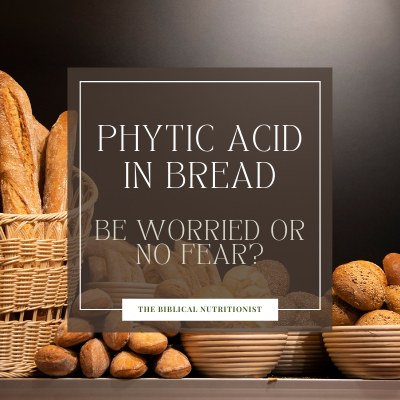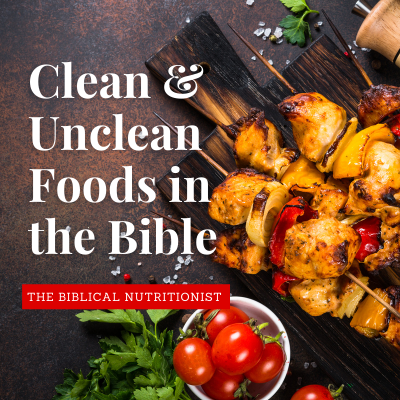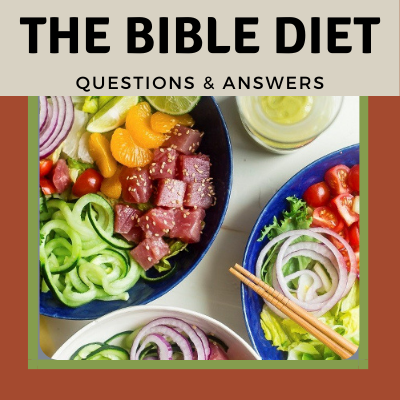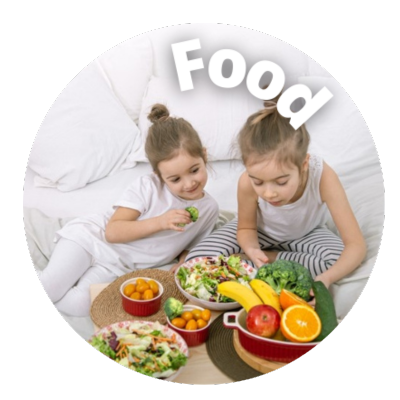
Ashwagandha Benefits: Why You Should Start Using this Herb Today!

32 Best Seder Meal Ideas – Biblical Diet Approved Passover Recipes

What is the Feast of Unleavened Bread in the Bible?

A Christian’s Guide to Celebrating Passover According to the Bible

Purim Cookies with Blueberry Fig Filling Recipe

Best High Protein Brownie Bites

Best Christian Gifts for the Holidays | Top 10 Christmas Gifts 2023

How to Celebrate the Feast of Trumpets as a Christian

The Best Cancer-Fighting Recipe: Citrus Peel Elixir





















